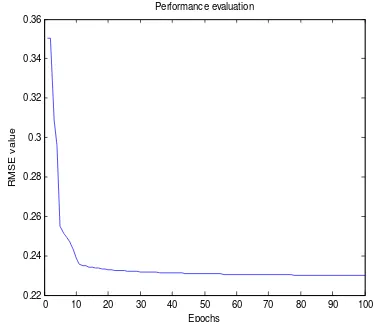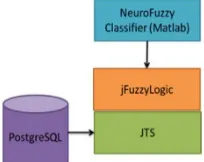Conference paper
Teks penuh
Gambar
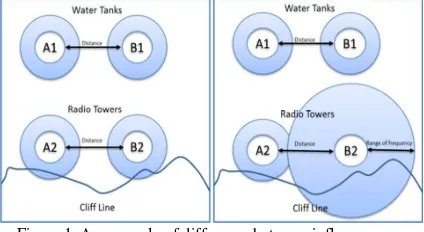

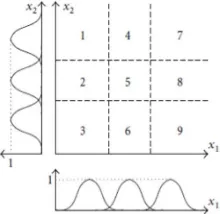
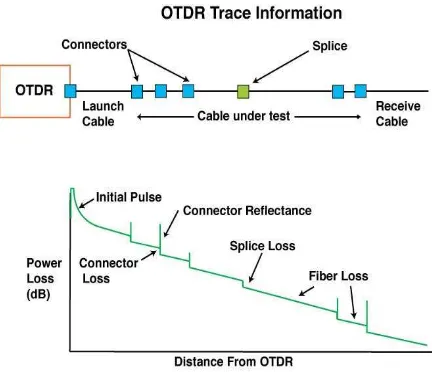
Garis besar
Dokumen terkait
As typical synergetics-based systems have the drawback of a rigid training step, we modify it to allow the selection of user-defined training areas, used to weight the prototype
In the present work we propose to densely compute motion vectors at every pixel, by using recent robust methods for optic flow computation.. Determining the optic
Because its most important component are the high quality depth maps, and as a consequence, additional inputs from original images (e. g results of segmentation information) are
Once the soil burn severity map is in the online database it can be combined with land cover and soil datasets on demand in order to generate the spatial model
All the four multiband images were classified using support vector machine (SVM) classifier into four most abundant land cover classes, viz, hard surface, vegetation, water
When a subject of selecting suitable supervised classifier comes in, ensemble classification scheme is being the hottest research topic recently (Aitkenhead and
For different sets of parameters tested for quality of correlation. The best combination of parameters came out to be reference block size = 15 pixels, search area size =
How to Train Your Model ● In supervised learning, NNs learn the parameters by training on the data, i.e., a set of inputs and outputs, to obtain the optimal parameters that define the
